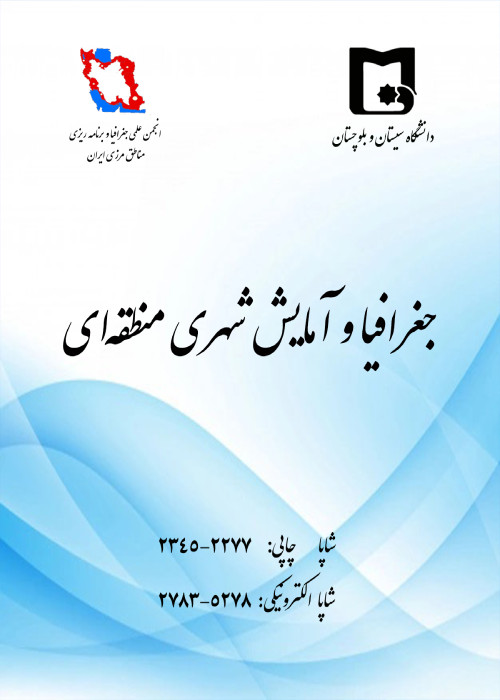Presenting a Model to Improve Livability in Underground Public Spaces of Cities
Sustainability is one of the new concepts of urban planning that deals with the suitability of the urban environment for human life. This concept, which is a physical-social quality, is strongly influenced by the conditions of public spaces and places where people interact with each other and with the environment. The study of the status of public and urban urban spaces in Iran shows that except for the few contemporary and often historical suburban urban spaces, most contemporary public spaces are developed on the ground and on the ground floor. This is observed in the conditions of the possibility of using the underground surfaces and has eliminated the dynamic and community-oriented spaces in the lower floors and as a result, has led to the reduction of social supervision and security in the underground spaces.The increase in the population of human societies has led to the growth of densely populated, dense and densely populated cities, which has made development at altitude and underground. Despite the benefits of crowded human life together, overcrowding poses a threat to human bio-quality. The concept of viability, in response to this concern, addresses the objective and subjective qualities that humans expect from the environment. New subsurface developments, which are mainly due to the increase in density and congestion in cities, in most cases, less attention has been paid to human biodiversity below ground and more attention has been paid to functional aspects. Reducing social oversight, security, ventilation, lighting and humidity control, readability and orientation are among the most important challenges of this type of development. The need to create and popularize the use of dynamic and community-oriented public spaces in the lower classes has been the impetus for this research.In order to provide a model for improving livability in subterranean public spaces of cities, the collected qualitative data were analyzed simultaneously by documentary method (basic analysis) and foundation data (complementary analysis). The method of data collection is documentary study and semi-structured interview. Nvivo software was used for qualitative data analysis and coding. From the combination of basic and complementary analysis, the key components that make up the livable subsurface space are the performance-accessibility components; Perceptual; Identity; Environment and resilience were identified and studied. Also, the data method of the foundation was used to present the model. Based on the questions raised in the interview process, 389 referrals were made. With multiple revisions and integration of codes based on similarity during several stages of data summarization, 20 initial codes and 7 axial codes were extracted and after discovering the causal relationships, a livable subsurface space model based on the snowflake pattern was presented.
- حق عضویت دریافتی صرف حمایت از نشریات عضو و نگهداری، تکمیل و توسعه مگیران میشود.
- پرداخت حق اشتراک و دانلود مقالات اجازه بازنشر آن در سایر رسانههای چاپی و دیجیتال را به کاربر نمیدهد.


